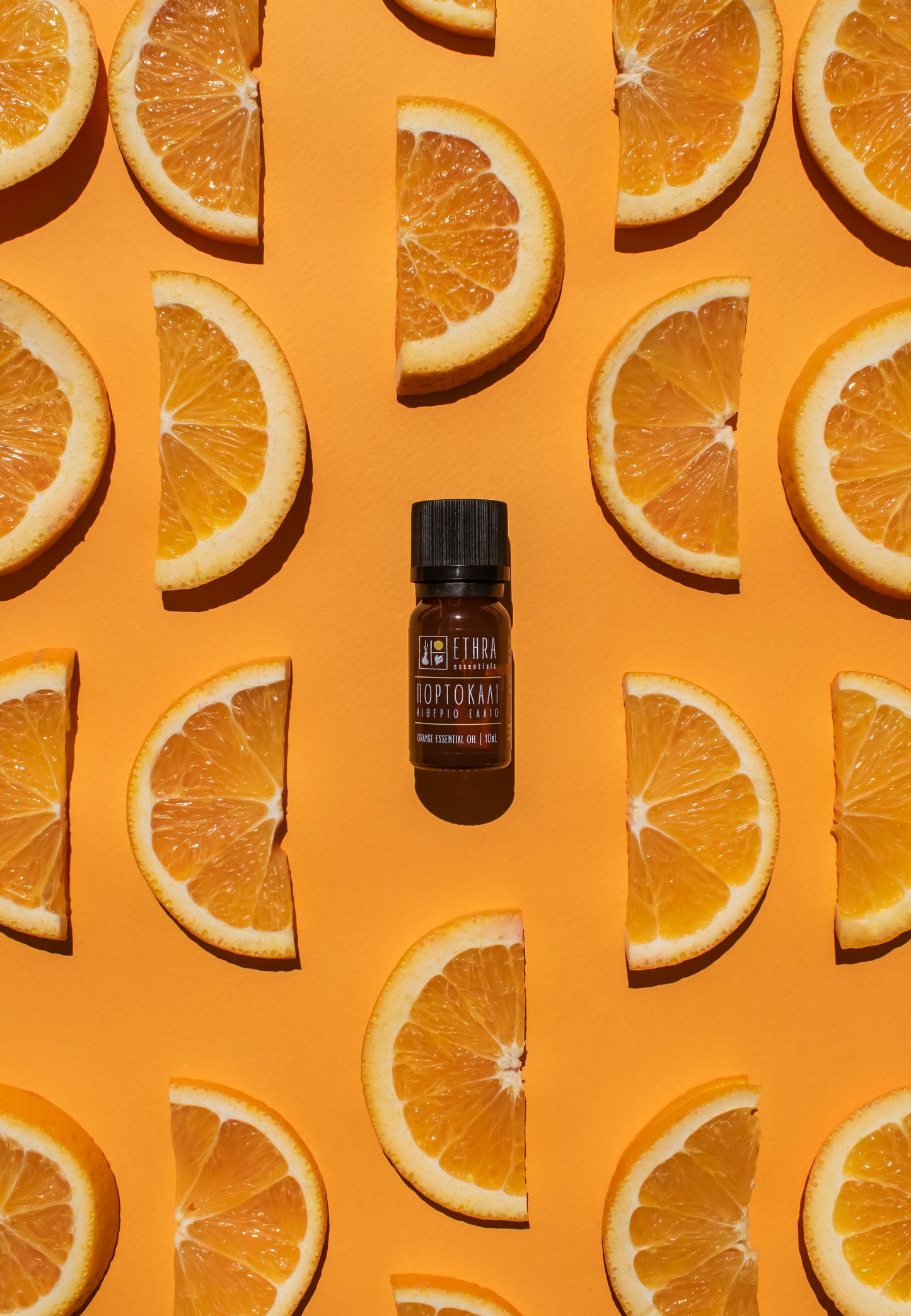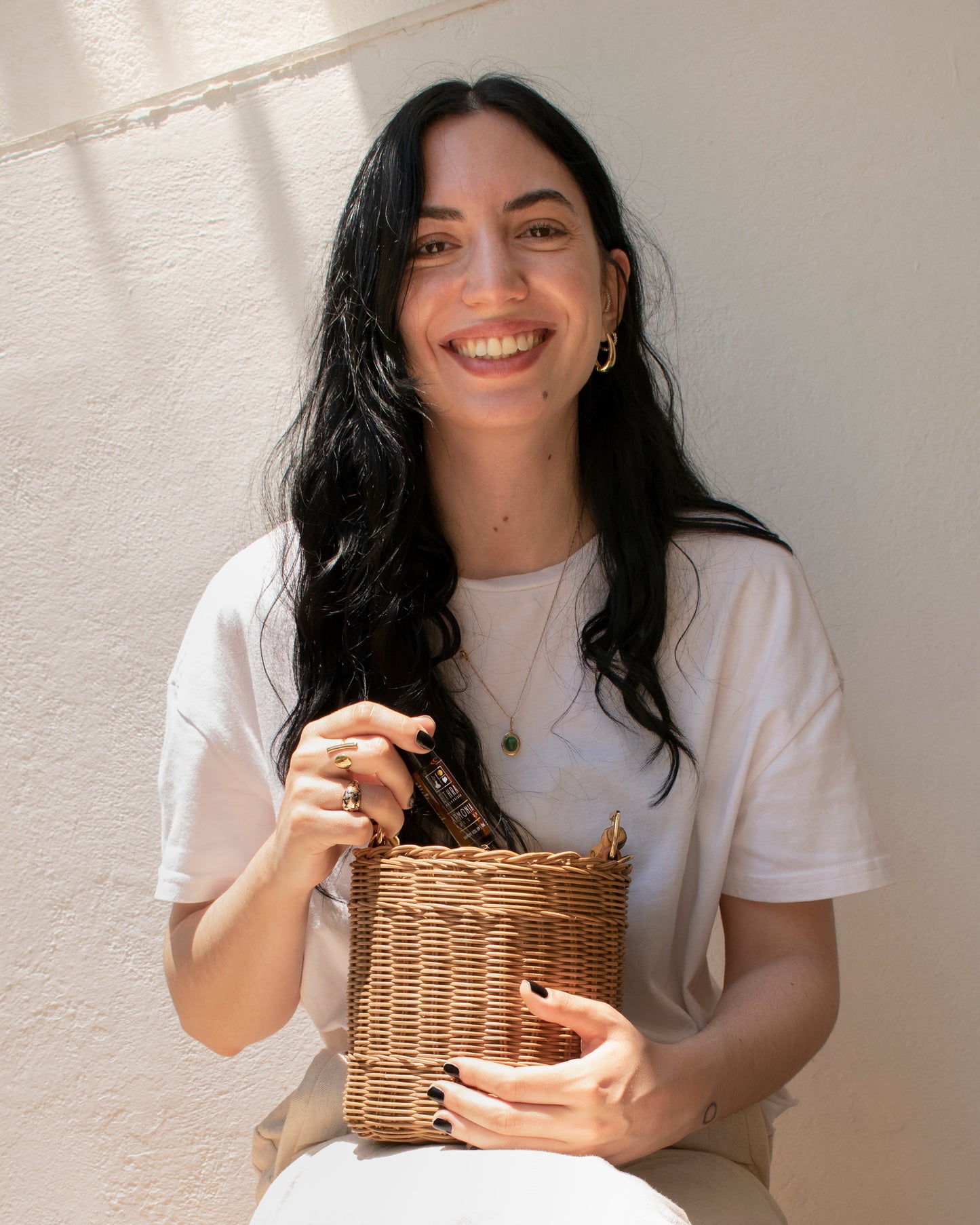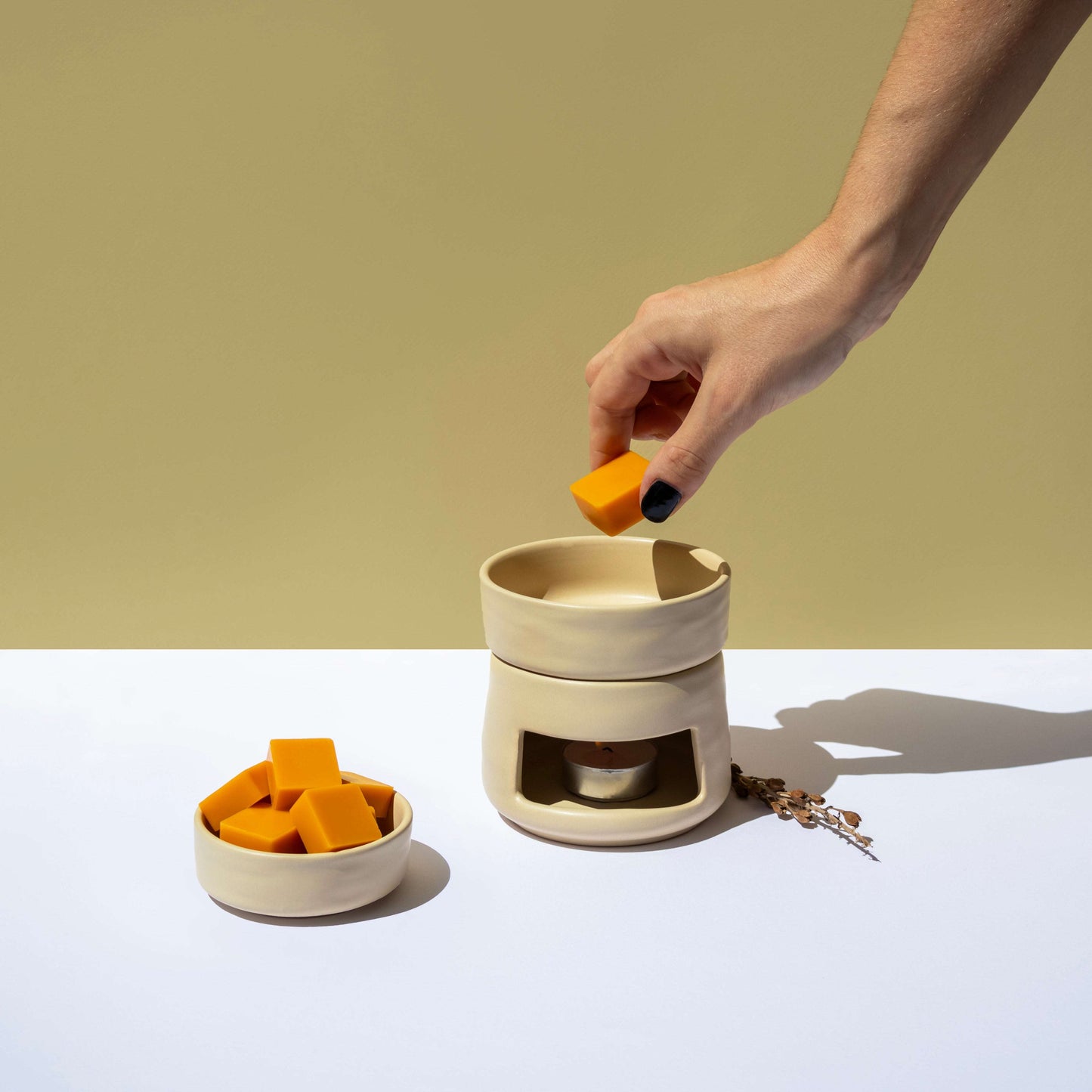Find them at a -15% discount with the purchase of 5 essential oils or more!

Sandalwood | The Chronicle of Beauty and History | + Recipes
Chronology
Sandalwood (satalum album) has been used for 3000 years. Today, the demand has increased significantly as it is also used in the cosmetics industry. Traditionally, the main supplier has been India.
Sandalwood in India
According to research, between the 1950s and 1970s, about half a million sandalwood trees were harvested each year to meet the needs of the industry. By 1974 there were 350000 trees left in India and the trade ceased.
The tree is so rare because it takes 20 years to mature so that its wood and roots can be used to produce essential oil.
Also, these trees live partially parasitically. What does this mean? This means that they need other trees to shade them with their canopy for protection from the sun and connect their roots to neighboring trees so that they get the nutrients they need. Thus, in addition to the replanting of these trees, the host trees we mentioned also need to be replanted.
So, an attempt was made to produce other types of sandalwood with the greatest success being the Australian Santalum spicata species.
Sandalwood in Australia
The production of this species saw a huge increase in the 90s and 00s.
Following the disastrous patterns of sandalwood production in India, efforts have been made to make its production in Australia more ethical and environmentally friendly for consumers and not to repeat the same mistakes as in India.
However, not everyone agrees with this. Residents along the Ord River, an area of Western Australia with large sandalwood plantations fear large amounts of arable land are being used to grow a species that brings in income after 20 years. They also argue that the roots of these trees leave deposits on the ground and in case of failure of industrial farming, it can leave this land useless for future food crops.
In addition, local people expressed their dismay at the removal of a large amount of mango crops to be replaced by sandalwood crops. This replacement brought problems to the local economy because mango crops required more seasonal workers and many micro-economies in the area depended on backpackers (workers who find work for a few months in one area and then travel to another, getting to know different countries and attitudes) and the seasonal workforce for their businesses.
What is amyris balsamifera?
Amyris is a subtle beauty in the world of essential oils. Distilled from Amyris balsamifera wood, it gives a wonderful woody aroma that may surprise you. It is commonly used as a stabilizer or base note in blends and is sometimes incorporated into sandalwood fragrances.
Is Amyris the same as Sandalwood?
Amyris Sandalwood is a substitute for East Indian Sandalwood, although it does not have the exact aroma of East Indian Sandalwood, it has the same healing properties and when used in Aromatherapy is an ethical substitute without the same environmental cost of East Indian Sandalwood.
Recipes to try with sandalwood:
Recipe #1
Lavender - 3 drops
Sandalwood - 3 drops
Orange - 1 drop

Recipe #2
Patchouli - 3 drops
Sandalwood - 2 drops
Black Pepper - 2 drops

Recipe #3
Bergamot - 3 drops
Sandalwood - 2 drops
Lemongrass - 1 drop

Recipe #4
Sandalwood - 2 drops
Cedarwood - 2 drops
Cypress - 2 drops








